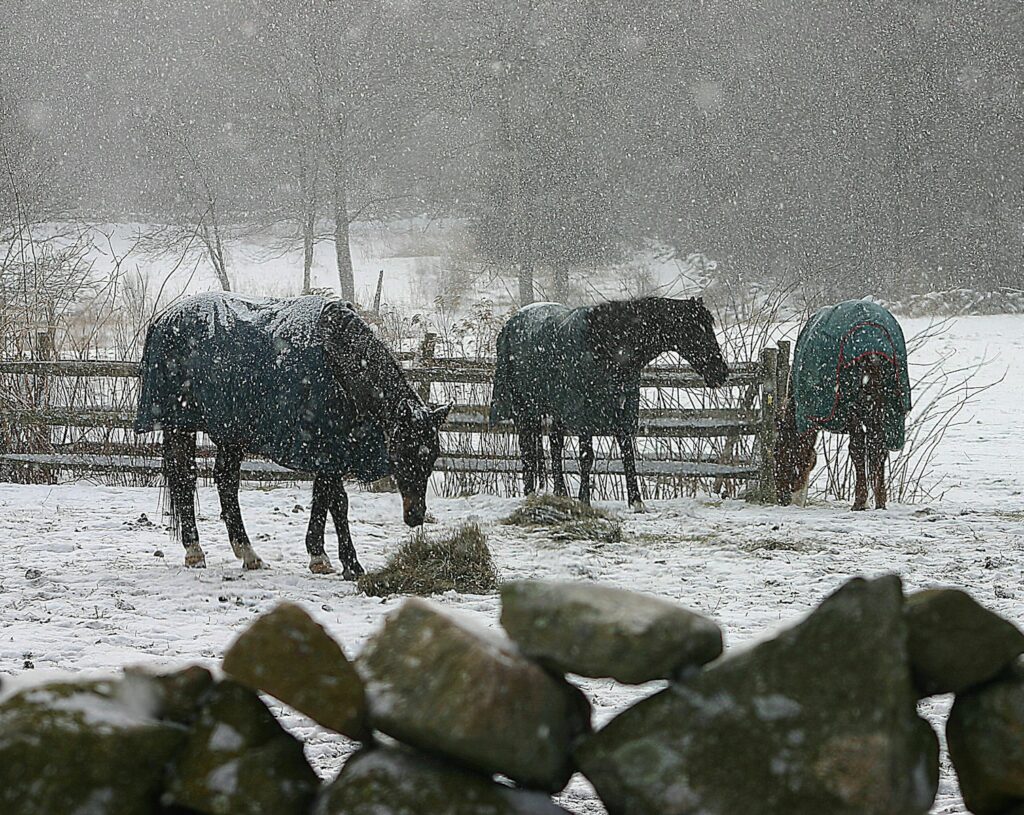Horses, with their flight instinct and sensitivity to environmental changes, require special handling during emergencies like storms and fires. Their natural response to danger—running—can put both the animal and handler at serious risk if not properly managed. Understanding how to safely handle your horse during these crisis situations could mean the difference between life and death. This comprehensive guide provides essential knowledge for horse owners, handlers, and caretakers who want to be prepared for environmental emergencies. By learning these techniques and preparing in advance, you can significantly increase the chances of keeping both yourself and your equine companion safe during frightening and potentially dangerous situations.
Understanding Your Horse’s Natural Responses to Danger
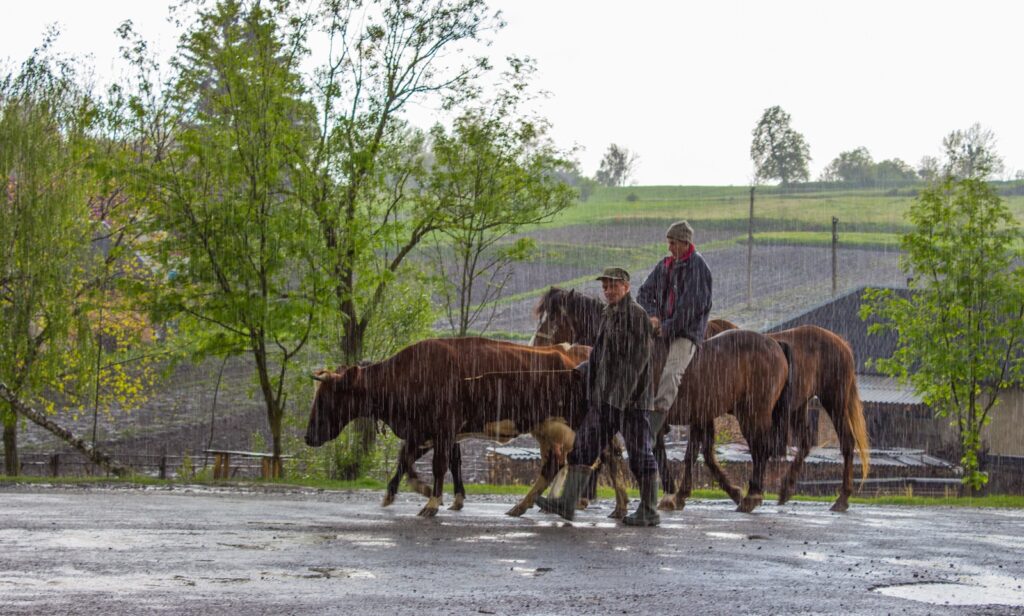
Horses are prey animals with strong flight instincts that have evolved over millions of years to keep them safe from predators. When faced with a threatening stimulus such as thunder, lightning, or the smell of smoke, a horse’s immediate response is typically to flee. This instinctual reaction can cause normally calm horses to become panicked, unpredictable, and potentially dangerous to handle. Their acute senses make them particularly sensitive to environmental changes—they can smell smoke long before humans can, hear thunderstorms approaching from miles away, and detect subtle shifts in barometric pressure. Understanding that your horse’s seemingly irrational fear comes from deeply ingrained survival mechanisms helps you approach emergency situations with appropriate techniques and expectations, rather than frustration or confusion.
Creating an Emergency Evacuation Plan Before Disaster Strikes

Preparation is your most powerful tool for emergency management with horses. Well before any crisis occurs, develop a detailed evacuation plan that includes multiple exit routes from your property, designated safe locations where horses can be temporarily housed, and a list of emergency contacts including your veterinarian, local animal control, and friends who could assist. Create an emergency kit containing halters, lead ropes, identification tags, first aid supplies, and at least a 72-hour supply of feed and water. Practice loading your horse into a trailer regularly so this skill is well-established before an emergency situation arises. Map out evacuation routes in all directions, as the nature and direction of the emergency will determine which escape path is viable, and share this plan with everyone who might be involved in caring for your horses.
Preparing Your Horse for Emergency Handling
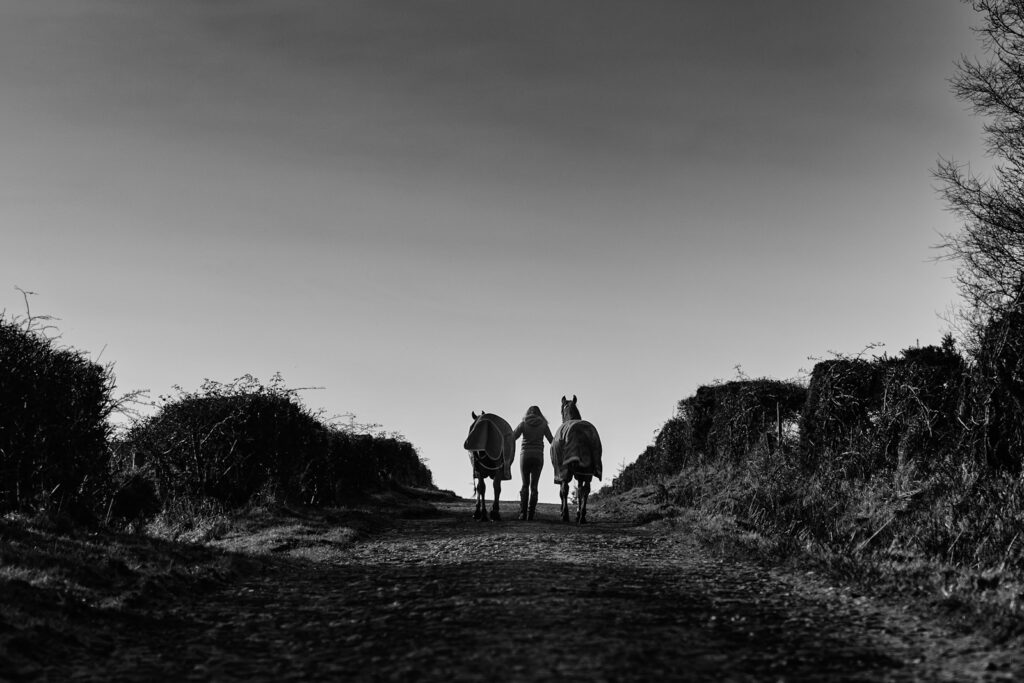
Regular training in non-emergency conditions is essential for successful crisis management with horses. Incorporate desensitization exercises into your routine training, gradually exposing your horse to potentially frightening stimuli like flapping tarps, unusual sounds, and walking over different surfaces. Train your horse to be caught and haltered quickly from various locations, including pastures, stalls, and unfamiliar areas. Practice leading exercises that teach your horse to follow calmly even when nervous, using techniques like the emergency stop and one-rein control. Consider teaching your horse to tolerate a blindfold in non-emergency situations, as this tool can be invaluable during evacuations from smoky areas or during particularly frightening visual stimuli. These skills, practiced regularly in calm conditions, create muscle memory and trust that you can rely on when emergencies arise.
Approaching a Panicked Horse Safely

When approaching a frightened horse during an emergency, your own demeanor and body language become critical safety factors. Move deliberately but calmly, avoiding sudden movements that might startle the already anxious animal. Approach from the shoulder area when possible, as this position is less threatening to horses than a direct frontal approach. Speak in a low, steady voice—not to reassure the horse (which can sometimes reinforce anxious behavior) but to make your presence known and predictable. Avoid direct eye contact, which horses may interpret as predatory behavior, and instead adopt a slightly angled body position. If the horse is displaying extreme panic behaviors like rearing or bolting in place, take time to assess whether immediate intervention is necessary or if allowing the horse a moment to process the situation might result in a calmer animal that’s safer to handle.
Essential Equipment for Emergency Horse Handling
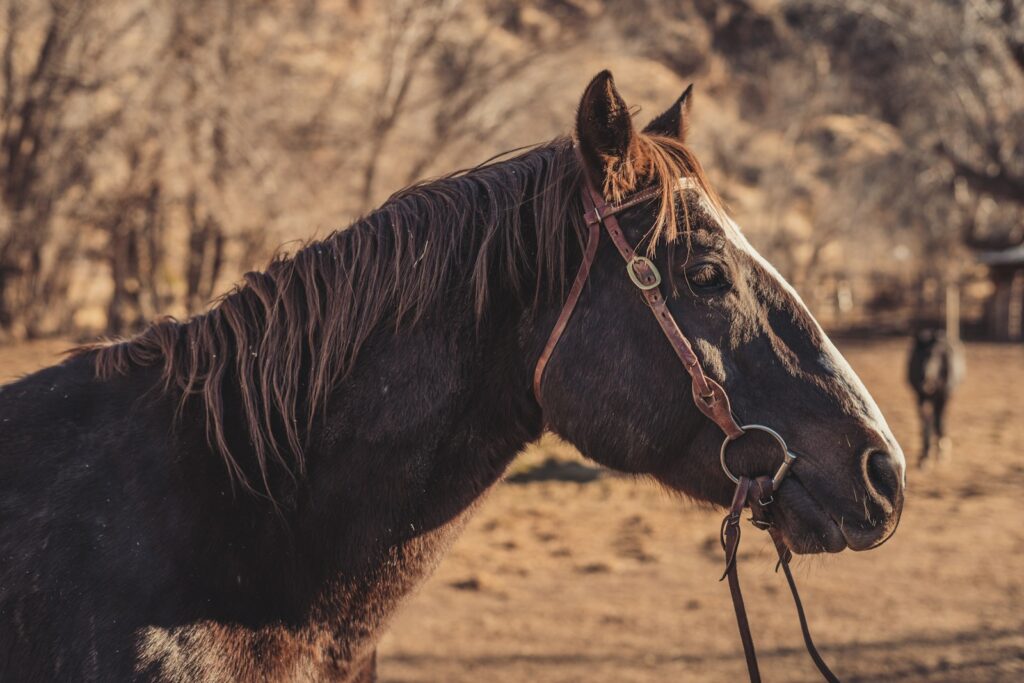
Having the right equipment readily accessible can dramatically improve your ability to safely manage a horse during emergencies. Keep halters and lead ropes hanging by every stall door and gate for quick access, and consider using breakaway halters that will release if a horse becomes entangled. Cotton lead ropes are preferable to nylon in fire situations as they’re less likely to melt and cause burns. Horse handling gloves protect your hands while maintaining necessary sensitivity and grip on lead ropes. Emergency identification tags containing your contact information and the horse’s name should be braided into manes or attached to halters before evacuation. Consider keeping specialized equipment like equine emergency evacuation blankets, which are designed with reflective areas and special handles that can help rescuers move an injured or collapsed horse, stored in an easily accessible location.
Safe Handling Techniques During Thunderstorms
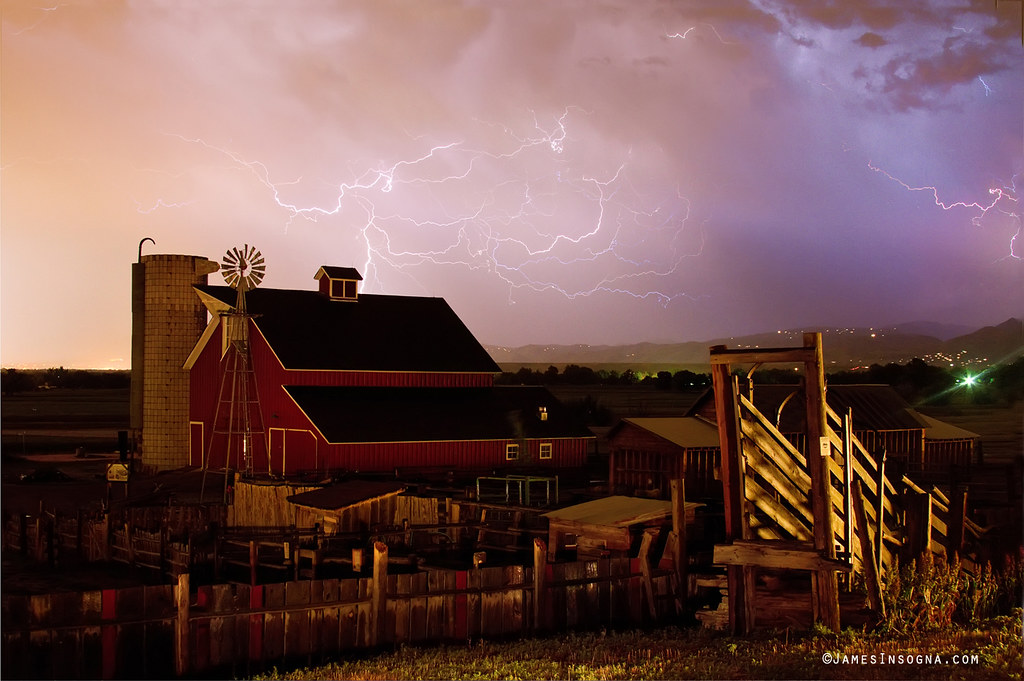
Thunderstorms pose unique challenges for horse handling due to the unpredictable nature of lightning and thunder. If possible, keep your horse in a secure, familiar stall or small paddock during storms rather than in open fields where they’re at greater risk from lightning strikes and are more likely to run through fencing. When leading a horse during a storm, maintain a safe position slightly behind the shoulder to avoid being stepped on or run over if the horse spooks. Use a chain over the nose or under the chin for additional control if needed, but only if you’re experienced with this equipment. Consider using earplugs specifically designed for horses to reduce the startling effect of thunder, being sure to introduce these well before emergency situations. If you must transport your horse during a thunderstorm, load quickly but safely, preferably with a helper, and drive more cautiously than usual, anticipating that the horse may shift weight or become unbalanced during loud thunderclaps.
Fire Emergency Response Protocols

Fire situations require specific handling protocols to protect both horses and handlers from smoke inhalation and burns. If you detect fire or significant smoke, assess quickly whether evacuation is possible or if shelter-in-place is the safer option based on the fire’s location and spread rate. When evacuating horses from burning structures, cover their eyes with towels or blindfolds if available, as this can prevent them from freezing in panic at the sight of flames. Wet blankets placed over the horse can provide short-term protection from flying embers and heat, though this is not a substitute for evacuation. Lead horses with their heads kept as low as safely possible, as smoke rises and air quality is often better closer to the ground. Never tie horses in trailers during fire evacuations—if you must leave them unattended, close partitions and doors but leave halters on without securing them to the trailer, allowing the animals some ability to protect themselves if the situation deteriorates before you return.
Handling Multiple Horses in Emergency Situations
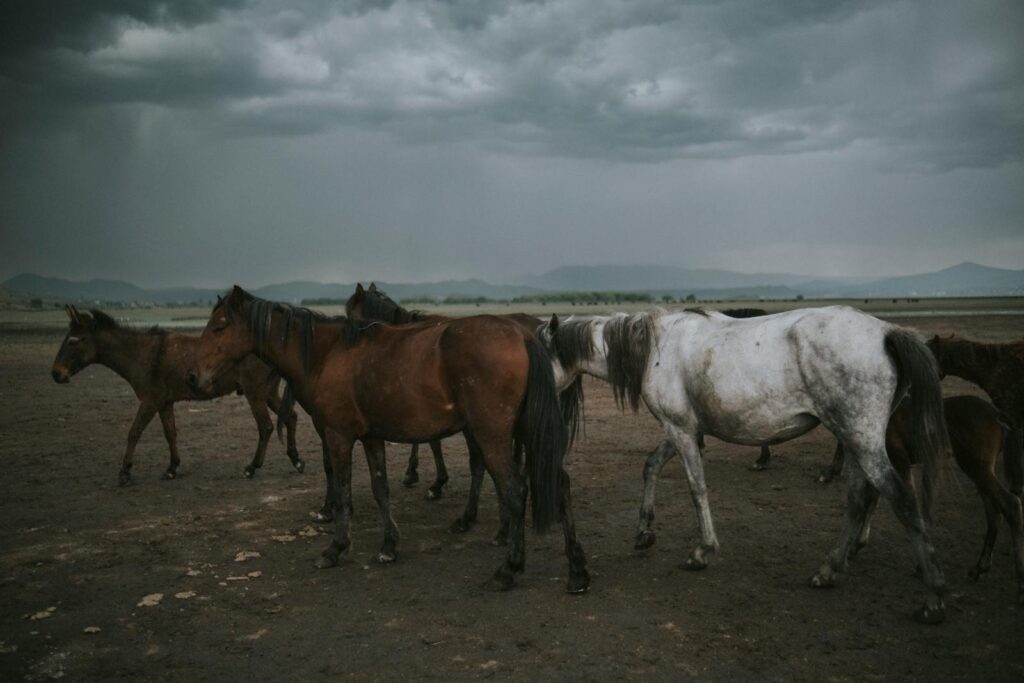
Managing multiple horses during emergencies presents additional complexities beyond handling a single animal. When possible, enlist help from experienced horse handlers, assigning one person per horse for optimal safety and efficiency. If working alone, prioritize removing the calmest, most easily handled horses first, as their cooperative behavior can help expedite the evacuation process. Consider connecting horses in a “daisy chain” formation, where horses are tied head-to-tail with lead ropes, allowing one handler to lead multiple horses simultaneously, though this technique requires prior practice and horses that are accustomed to one another. Keep haltered horses far enough apart to prevent kicking injuries when being led as a group, maintaining at least ten feet between animals whenever possible. For pastured horses that cannot be immediately caught and evacuated, opening gates to larger, preferably grazed areas can sometimes be the safest alternative, allowing them freedom to escape advancing threats naturally.
Trailer Loading During High-Stress Situations
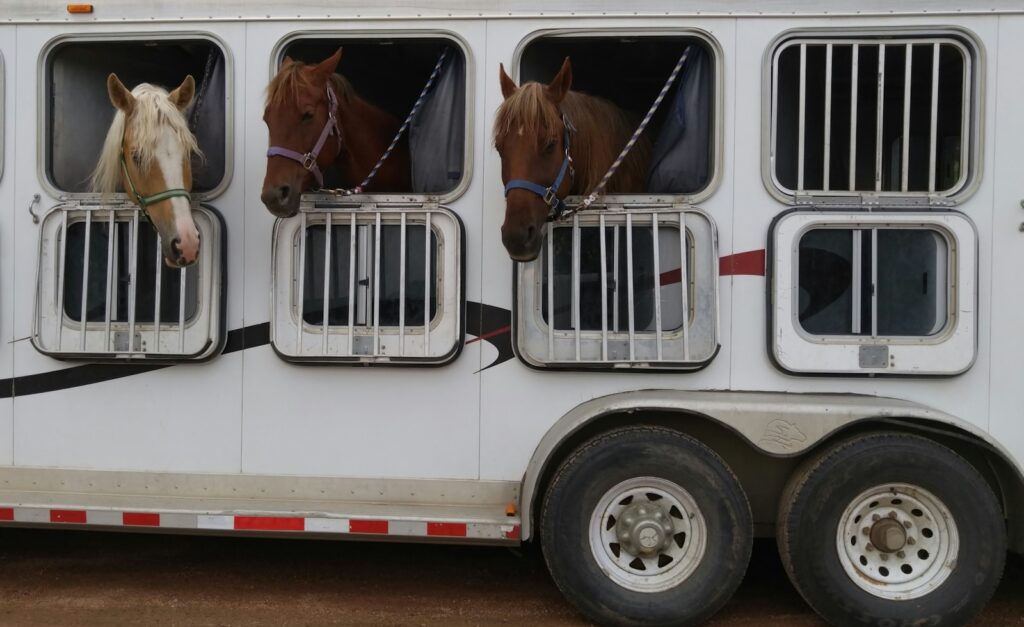
Loading horses into trailers during emergencies requires special consideration and techniques to overcome their natural reluctance to enter confined spaces when stressed. Position the trailer in a way that minimizes environmental stressors—away from visible flames or other frightening stimuli if possible, and with the open door facing away from strong winds. Use food rewards or a familiar horse already loaded in the trailer to encourage reluctant animals to enter, capitalizing on their herd instinct and food motivation. If time allows, practice pressure and release techniques, applying steady pressure on the lead rope when the horse resists and immediately releasing when they take even a small step toward the trailer. For extremely resistant horses, consider using a butt rope handled by an experienced assistant to provide gentle encouragement from behind, being extremely careful to release pressure the instant the horse moves forward to avoid triggering a kick or rear. Remember that forcing a panicked horse into a trailer can result in serious injury to both horse and handler, so maintaining calm, confident energy is essential even under time pressure.
Managing Smoke Inhalation and Burns
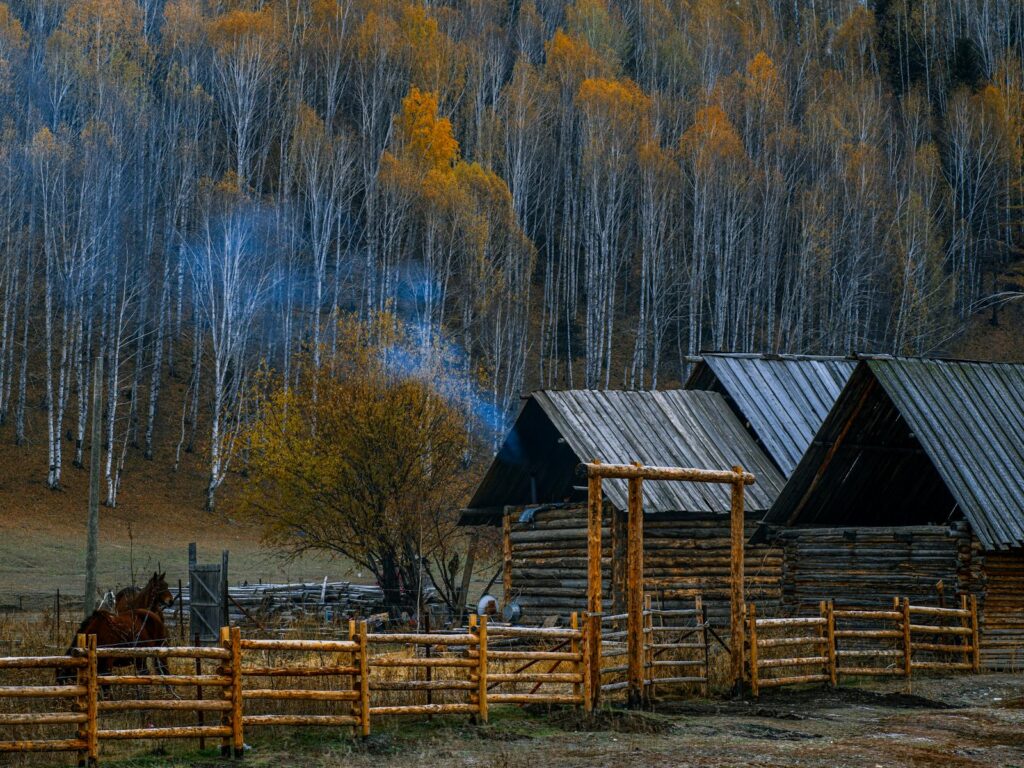
Smoke and fire can cause immediate and delayed health issues that require specific handling and first aid approaches. When handling horses exposed to smoke, monitor for signs of respiratory distress including flared nostrils, increased respiratory rate, coughing, or nasal discharge, and be prepared to adjust your evacuation pace accordingly. For minor burns, gentle cooling with cold water is appropriate first aid, but avoid applying creams, ointments, or home remedies which may complicate veterinary treatment later. Keep horses that have been exposed to smoke or fire as calm as possible during evacuation to minimize increased respiratory demands. After reaching safety, continue monitoring affected horses for at least 48-72 hours, as smoke inhalation injuries can worsen over time and some burns may not be immediately apparent beneath the coat. Contact your veterinarian as soon as safely possible after evacuation, as professional assessment is crucial even if injuries appear minor.
Flood and Water Hazard Safety Protocols
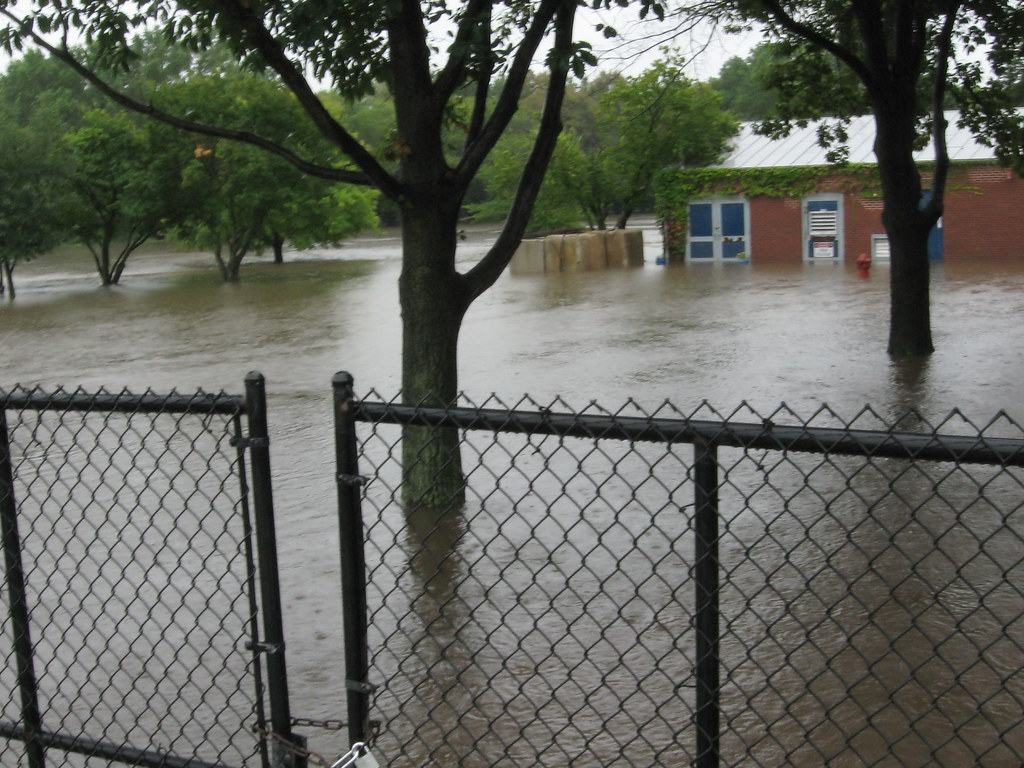
Storms frequently bring flooding, creating additional hazards that require specific horse handling strategies. Never force a horse to enter moving water during evacuation, as horses can easily be swept away in even relatively shallow currents. When leading through standing water, move slowly and test the footing before allowing the horse to proceed, as floodwaters can hide dangerous debris or washouts. Keep horses’ heads positioned so they can see where they’re placing their feet, as obscured vision in murky water significantly increases the risk of injury or refusal. If evacuating to higher ground, select routes that avoid crossing bridges or areas prone to flash flooding, even if this means taking a longer path to safety. After exposure to floodwaters, inspect your horse’s hooves carefully for softening, separation of sole from hoof wall, or embedded debris, as these conditions can lead to serious lameness if not promptly addressed.
Post-Emergency Care and Psychological Recovery

The aftermath of emergency situations can leave lasting psychological and physical impacts on horses that require thoughtful management. Upon reaching safety, establish a routine as quickly as possible, as consistency helps horses regain psychological equilibrium after stressful events. Monitor for delayed stress responses including decreased appetite, unusual aggression, heightened startle reflexes, or colic symptoms, which may appear hours or even days after the emergency event. Provide clean water, familiar feed, and safe shelter to help reestablish a sense of security and normalcy. Allow horses that have been through traumatic experiences time to decompress in quiet environments before reintroducing normal handling and training expectations. For horses displaying significant post-traumatic behaviors, consult with your veterinarian about appropriate short-term calming supplements or medications that might help them through the adjustment period, always using these in conjunction with appropriate environmental management and handling techniques.
Training and Preparing Yourself as a Handler
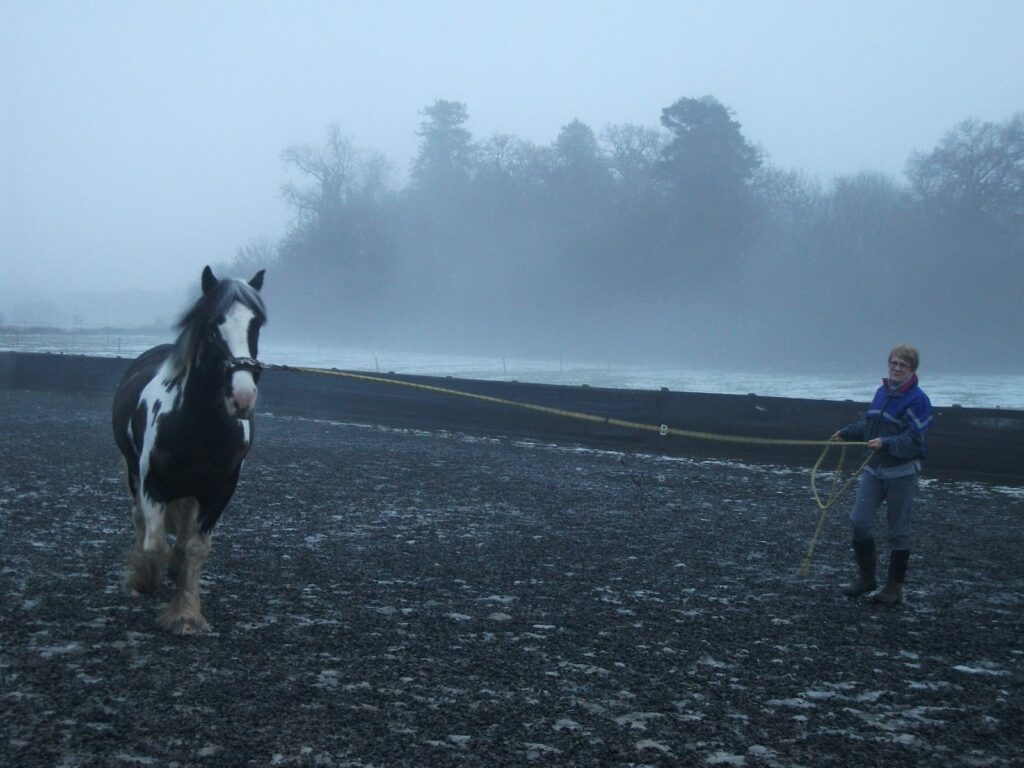
The handler’s preparation and mindset are just as important as the horse’s training when managing emergency situations successfully. Develop your own emergency response skills through first aid training, disaster preparedness courses, and learning techniques for managing your own stress responses in crisis situations. Practice self-calming techniques like controlled breathing and positive visualization that you can implement quickly during emergencies to maintain a composed demeanor that will influence your horse’s reaction. Participate in community emergency response drills or workshops specifically focused on large animal evacuation to gain practical experience in low-stakes environments. Consider working with more experienced handlers to practice emergency scenarios, taking turns playing different roles to develop a comprehensive understanding of the challenges involved. Remember that your ability to remain decisive, calm, and confident directly impacts your horse’s response to the emergency situation, making your mental preparation a critical component of successful emergency management.
Conclusion
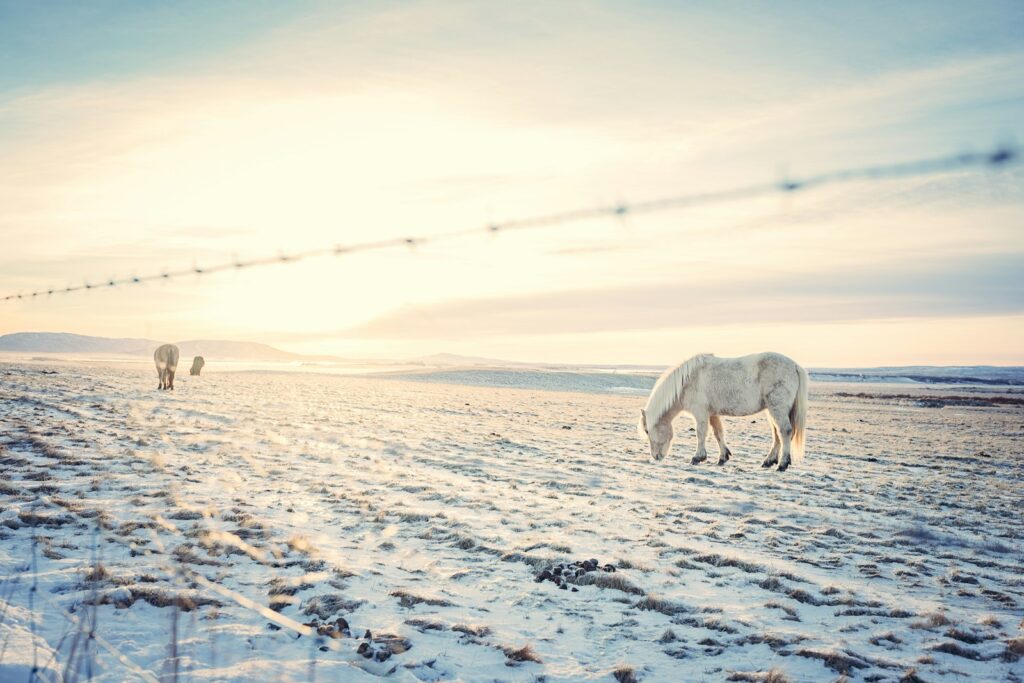
Emergency situations with horses require specialized knowledge, preparation, and techniques that differ significantly from everyday handling. By understanding your horse’s natural responses to danger, creating comprehensive emergency plans, and regularly practicing essential skills, you can significantly improve outcomes during storms, fires, and other crisis events. Remember that your own preparation and mindset as a handler are equally important factors in managing these high-stress situations successfully. While we hope you’ll never need to use these emergency handling techniques, the investment in preparation offers invaluable peace of mind and could someday save your horse’s life—and possibly your own—when disaster strikes.

